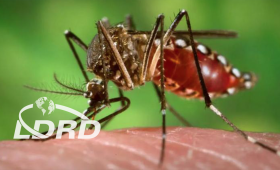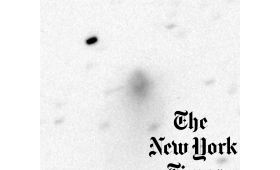A research team has found that outbreaks of human disease, such as the 2015 Zika virus epidemic, may be due to genetic mutation, and viruses may undergo further changes as they expand their geographic range.
Science and Technology
in the News
Science and Technology
in the News
News Center
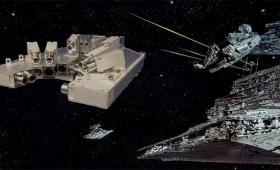
The STAR (Sample Test and Recovery) array was developed to measure shock velocity and heating in up to 16 material samples irradiated with x rays.
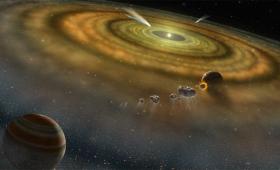
Livermore scientists and a collaborator reviewed recent work that shows how meteorites exhibit a fundamental isotopic dichotomy between non-carbonaceous and carbonaceous groups,
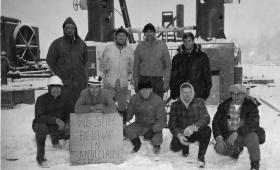
On Dec. 10, 1967, Project Gasbuggy was conducted in a sandstone gas-bearing formation in the San Juan Basin near Farmington, New Mexico.
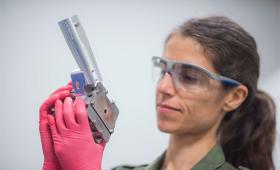
Laboratory research scientist Federica Coppari was named a New Leader in Space Science by the U.S. and Chinese academies of sciences.
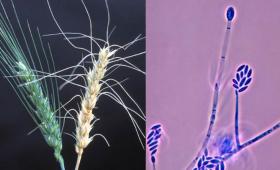
Livermore scientists have helped discover that RNA viruses are abundant and diverse in soil, where they prey upon organisms such as insects, nematodes and fungi.
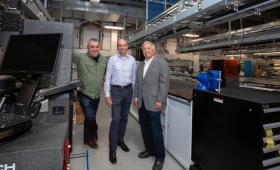
A trio of employees and Lawrence Livermore have netted a national technology transfer award for their work in the creation of LLNL’s Advanced Manufacturing Laboratory (AML).
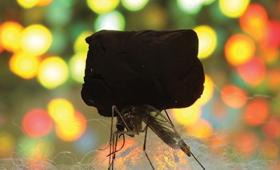
Research team reports the fabrication of ultralight gold aerogel monoliths with tunable densities and pore structures.
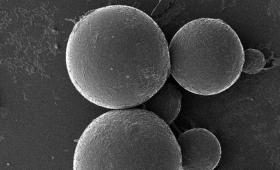
To help increase the U.S. supply of rare earth elements, researchers are using microbe beads to recover rare earth elements from consumer electronic waste.


